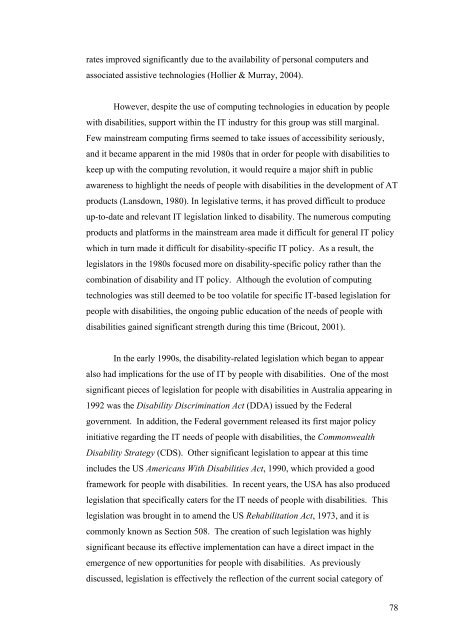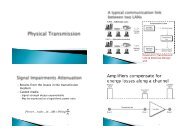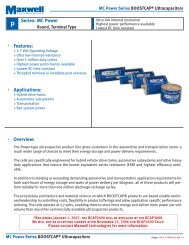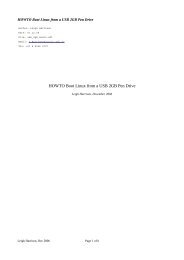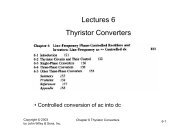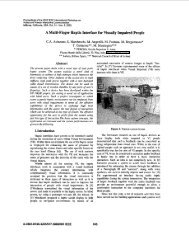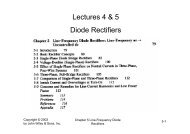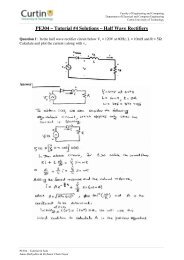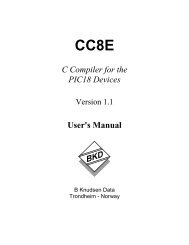2007 PhD Thesis Final Revised.pdf - Curtin University
2007 PhD Thesis Final Revised.pdf - Curtin University
2007 PhD Thesis Final Revised.pdf - Curtin University
You also want an ePaper? Increase the reach of your titles
YUMPU automatically turns print PDFs into web optimized ePapers that Google loves.
ates improved significantly due to the availability of personal computers and<br />
associated assistive technologies (Hollier & Murray, 2004).<br />
However, despite the use of computing technologies in education by people<br />
with disabilities, support within the IT industry for this group was still marginal.<br />
Few mainstream computing firms seemed to take issues of accessibility seriously,<br />
and it became apparent in the mid 1980s that in order for people with disabilities to<br />
keep up with the computing revolution, it would require a major shift in public<br />
awareness to highlight the needs of people with disabilities in the development of AT<br />
products (Lansdown, 1980). In legislative terms, it has proved difficult to produce<br />
up-to-date and relevant IT legislation linked to disability. The numerous computing<br />
products and platforms in the mainstream area made it difficult for general IT policy<br />
which in turn made it difficult for disability-specific IT policy. As a result, the<br />
legislators in the 1980s focused more on disability-specific policy rather than the<br />
combination of disability and IT policy. Although the evolution of computing<br />
technologies was still deemed to be too volatile for specific IT-based legislation for<br />
people with disabilities, the ongoing public education of the needs of people with<br />
disabilities gained significant strength during this time (Bricout, 2001).<br />
In the early 1990s, the disability-related legislation which began to appear<br />
also had implications for the use of IT by people with disabilities. One of the most<br />
significant pieces of legislation for people with disabilities in Australia appearing in<br />
1992 was the Disability Discrimination Act (DDA) issued by the Federal<br />
government. In addition, the Federal government released its first major policy<br />
initiative regarding the IT needs of people with disabilities, the Commonwealth<br />
Disability Strategy (CDS). Other significant legislation to appear at this time<br />
includes the US Americans With Disabilities Act, 1990, which provided a good<br />
framework for people with disabilities. In recent years, the USA has also produced<br />
legislation that specifically caters for the IT needs of people with disabilities. This<br />
legislation was brought in to amend the US Rehabilitation Act, 1973, and it is<br />
commonly known as Section 508. The creation of such legislation was highly<br />
significant because its effective implementation can have a direct impact in the<br />
emergence of new opportunities for people with disabilities. As previously<br />
discussed, legislation is effectively the reflection of the current social category of<br />
78


